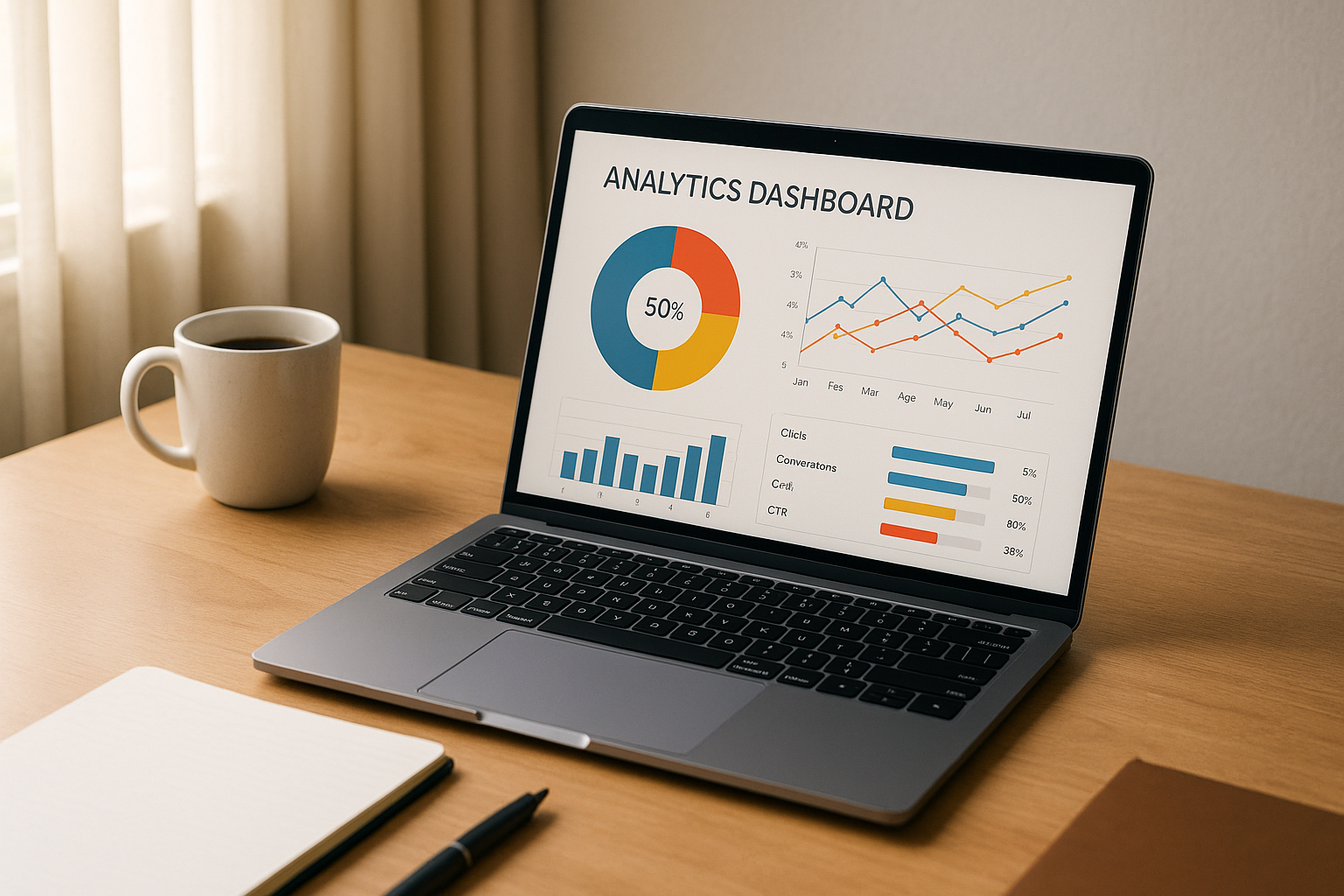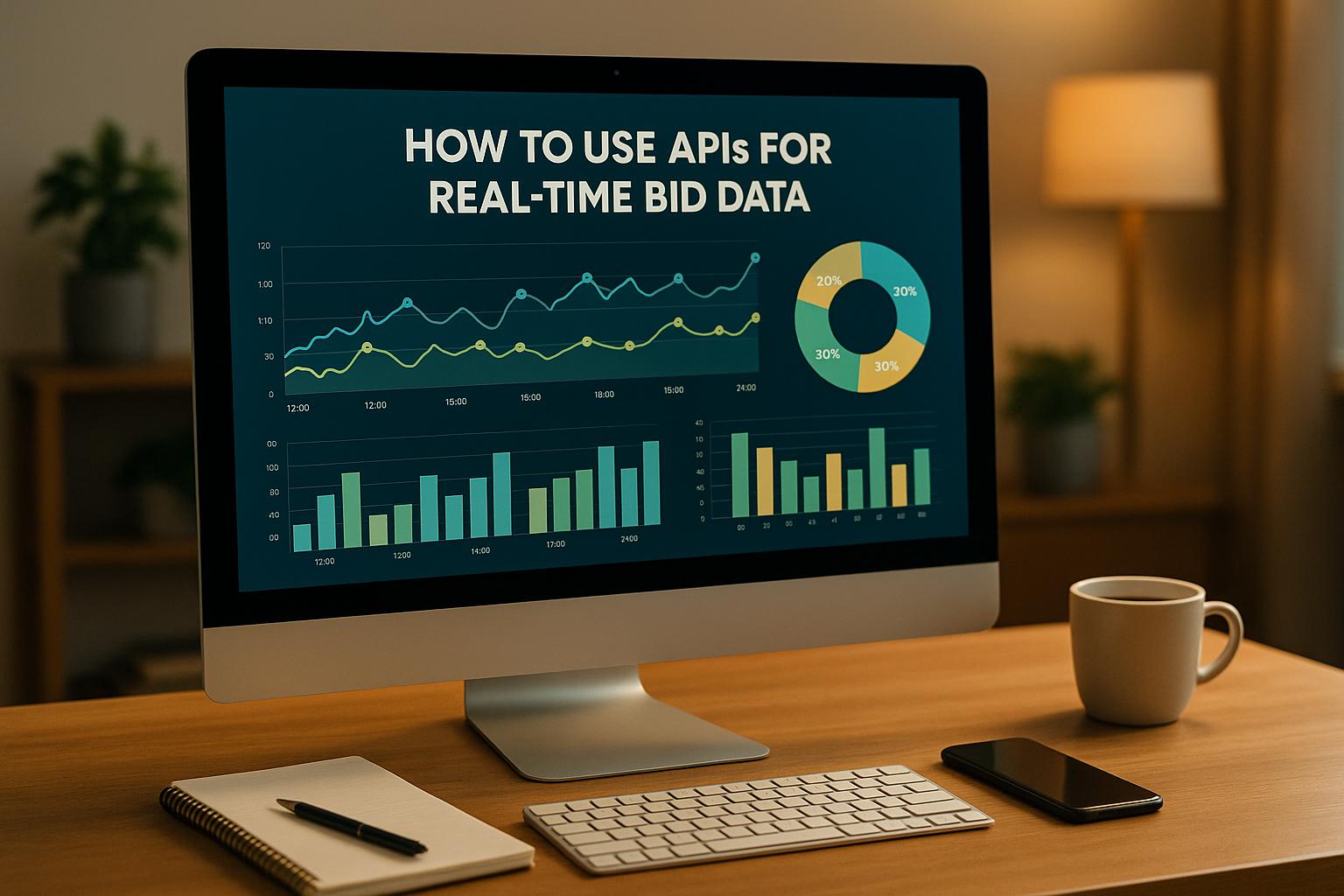-
Why Use Multiple Platforms?
Reach different audiences, reduce reliance on one channel, and test what works best. -
Key Challenges:
- Platforms use different metrics (e.g., CTR, CPA, ROAS).
- Budget allocation can be tricky without proper planning.
-
How to Allocate Budgets:
- Start with a 50-60% split for Google Ads (high-intent searches).
- Use 20-30% for Facebook Ads (brand awareness, remarketing).
- Allocate 10-15% for Microsoft Ads (B2B focus).
- Reserve 5-10% for LinkedIn Ads (targeting decision-makers).
-
Track Metrics for Each Platform:
- Google Ads: CTR, CPC, Quality Score.
- Facebook Ads: CPM, Frequency, Relevance Score.
- Microsoft Ads: Conversion Rate, CPA.
- LinkedIn Ads: Lead Quality, Cost per Lead.
-
Budget Strategy:
Use a 70-20-10 split:- 70% for proven campaigns.
- 20% for optimization tests.
- 10% for experimenting with new platforms or features.
-
Use Tools and Automation:
Tools like Optmyzr and Adzooma help track performance and automate budget adjustments.
Quick Comparison Table:
| Platform | Best For | Key Metrics |
|---|---|---|
| Google Ads | High-intent searches | CTR, CPC, Quality Score |
| Facebook Ads | Brand awareness, remarketing | CPM, Frequency |
| Microsoft Ads | B2B, professional services | Conversion Rate, CPA |
| LinkedIn Ads | B2B leads, decision-makers | Lead Quality, Cost/Lead |
Start by analyzing your goals, track performance, and continuously adjust for better ROI.
Platform Performance Analysis
Key Performance Metrics
To get the most out of your ad spend, focus on platform-specific metrics that highlight performance. Here are some key metrics to track for each platform:
| Platform | Key Metrics |
|---|---|
| Google Ads | CTR, CPC, Quality Score |
| Facebook Ads | CPM, Frequency, Relevance Score |
| Microsoft Ads | Conversion Rate, CPA |
| LinkedIn Ads | Lead Quality, Cost per Lead |
Keep a close eye on these metrics and ensure your conversion tracking is set up correctly for precise measurement.
Audience Overlap Prevention
Once you've gathered performance data, refine your targeting to prevent wasting budget on overlapping audiences. Here are a few strategies to help:
- Custom Audience Segmentation: Build distinct audience groups for each platform based on user behavior and demographics.
- Cross-Platform Exclusions: Use exclusion lists to avoid showing ads to users already targeted on another platform.
- Frequency Capping: Limit how often your ads appear to the same user on each platform to reduce redundancy.
For campaigns focused on awareness, tailor your targeting to ensure audiences are segmented uniquely across platforms.
Platform-Specific Goals
Match each platform's unique strengths to your campaign goals to make the most of your budget:
- Google Ads: Perfect for capturing high-intent searches, promoting specific products, and driving local service inquiries.
- Facebook Ads: Great for building brand awareness, showcasing products visually, and engaging with communities.
- Microsoft Ads: Works well for generating B2B leads, marketing professional services, and reaching enterprise-level audiences.
- LinkedIn Ads: Excellent for targeting decision-makers, promoting industry-specific solutions, and advertising professional events.
Optimizing Retargeting Across Multiple Platforms for Maximum ROI
Budget Distribution Methods
Once you've analyzed platform performance and audience overlap, it's time to map out your budget.
Total Budget Planning
Start by deciding your overall PPC budget based on your business goals and the returns you expect. Look at metrics like customer lifetime value (CLV) and target cost-per-acquisition (CPA) to figure out your daily or monthly spending across platforms.
Here are some important factors to consider:
- Monthly Revenue Goals: Calculate how many conversions you'll need to hit your revenue targets.
- Historical Conversion Rates: Use past data to estimate the ad spend required for those conversions.
- Seasonal Trends: Account for times when competition drives up costs, like holidays or industry-specific peak periods.
Platform Budget Division
Divide your budget across platforms according to their performance and audience reach. Here's a basic framework to get started:
| Platform | Suggested Initial Split | Best For |
|---|---|---|
| Google Ads | 50-60% | High-intent searches, direct response |
| Facebook Ads | 20-30% | Brand awareness, remarketing |
| Microsoft Ads | 10-15% | B2B audience, professional services |
| LinkedIn Ads | 5-10% | Executive targeting, B2B leads |
These percentages aren't set in stone - adjust them based on your industry and audience behavior. For example, B2B companies might allocate more to LinkedIn, while e-commerce brands could focus more on platforms that drive immediate consumer action. To create a balanced approach, consider methods like the 70-20-10 split.
70-20-10 Budget Split
This method helps balance your budget between proven campaigns and new opportunities:
-
70% to Core Campaigns
Focus the majority of your budget on campaigns that consistently deliver a strong return on investment (ROI). -
20% to Optimization Tests
Use this portion to test new audiences, ad formats, or bidding strategies within your current platforms. This lets you refine performance without putting your main campaigns at risk. -
10% to New Opportunities
Reserve this for experimenting with emerging platforms or advanced features. This could include testing new ad formats or trying out platforms that are gaining traction in your market.
For instance, if your monthly budget is $10,000, you’d allocate $7,000 to core campaigns, $2,000 to optimization tests, and $1,000 to exploring new opportunities. This approach ensures you're maintaining reliable performance while still leaving room for growth and experimentation.
sbb-itb-89b8f36
Budget Management Tools
Managing your PPC budget effectively across platforms requires the right tools to ensure accurate allocation and quick adjustments when needed. These tools complement your budget planning strategy, helping you stay on top of your campaigns.
Top PPC Marketing Directory

This directory showcases tools designed for campaign management, bid control, and managing budgets across multiple platforms:
| Tool Category | Primary Features | Best For |
|---|---|---|
| Campaign Management | Tracks budgets, monitors performance, automates reporting | Overseeing campaigns across platforms |
| Bid Management | Automates bidding, controls budget pacing, optimizes ROI | Fine-tuning spending at a granular level |
| Performance Tracking | Offers cross-platform analytics and budget insights | Making data-informed decisions |
AI Budget Tools
AI-powered tools like Optmyzr and Opteo simplify budget management by providing smart recommendations and automating adjustments. These tools save time and improve campaign performance.
"A single platform to audit, optimize, automate, and report on paid media campaigns." - Optmyzr
"Opteo gives you smart recommendations that improve Google Ads performance. Spend less time buried in performance data and more time doing meaningful work that drives conversions." - Opteo
Budget Automation Rules
Once you've chosen the right tools, automation can help you adjust spending based on performance metrics without constant manual input. Automation ensures your budget is allocated efficiently.
Key automation capabilities include:
- Performance Triggers: Adjust budgets automatically when hitting specific ROAS (Return on Ad Spend) thresholds.
- Dayparting Controls: Tailor spending to peak performance times.
- Cross-Platform Rules: Shift budgets seamlessly between different ad platforms.
Tools like Adalysis provide advanced automation for Google Ads and Microsoft Ads, while AiHello focuses on automated bid management to optimize Advertising Cost of Sale (ACoS).
Budget Performance Tracking
Keep a close eye on your PPC budget performance by using key metrics and making data-driven adjustments. Accurate tracking ensures your strategies stay on point and deliver results.
Key Metrics to Watch
Pay attention to ROAS (Return on Ad Spend), CPA (Cost Per Acquisition), and Impression Share. These metrics help you evaluate revenue, cost efficiency, and market reach. Tools like SEMrush and Marin Software let you monitor KPIs in real time, while platforms like Adzooma offer insights into visibility changes and campaign performance.
Refining Budgets with Split Testing
Split testing can help you fine-tune your budget allocations across different platforms. Here's how:
- Test budget distributions over a controlled period (e.g., two weeks).
- Compare performance metrics like ROAS, reach, and CPA during the test.
- Adjust your budget gradually based on what the test reveals.
Keep Budgets Up-to-Date
Update your PPC budgets regularly to reflect real-time performance, seasonal patterns, and market changes. Tools like Adzooma can automate attribution analysis and even recommend budget adjustments for you.
These practices help ensure your PPC budget management stays effective across platforms.
Summary
Effective cross-platform PPC budget allocation relies on thorough analysis, smart distribution, and constant fine-tuning. Here's what you need to focus on:
Data-Driven Budget Management
Track key metrics like ROAS and CPA, and use AI tools to optimize how your budget is allocated. Regularly reviewing this data helps you spot areas for improvement and keep your budget working efficiently.
Strategic Platform Distribution
Use a 70-20-10 approach: dedicate most of your budget to top-performing platforms, set aside a portion for testing new opportunities, and adapt to seasonal trends. This mix lets you grow steadily while exploring potential new channels.
Tools and Resources
Leverage tools for managing campaigns, automating processes, tracking performance, and getting expert advice. Check out the Top PPC Marketing Directory for helpful resources.
Continuous Optimization
Keep up with platform changes and industry updates to stay ahead of the competition. Regularly review and tweak your strategy based on data to ensure resources are allocated effectively.


